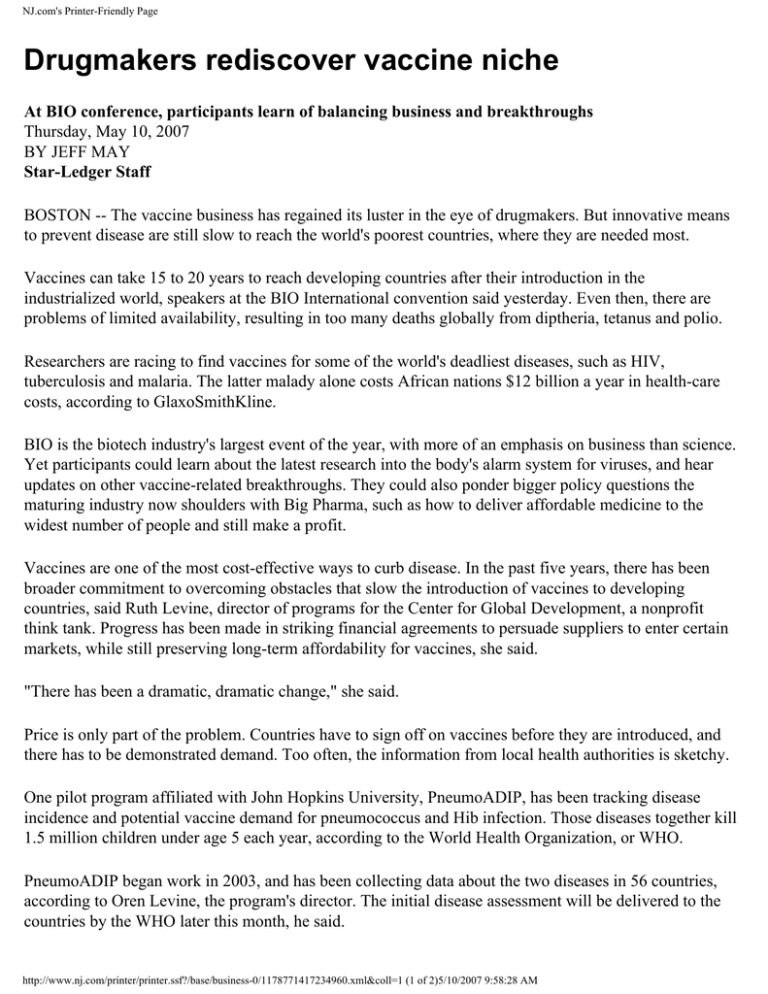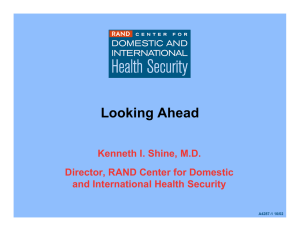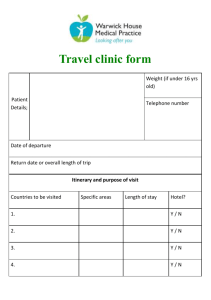Drugmakers rediscover vaccine niche
advertisement

NJ.com's Printer-Friendly Page Drugmakers rediscover vaccine niche At BIO conference, participants learn of balancing business and breakthroughs Thursday, May 10, 2007 BY JEFF MAY Star-Ledger Staff BOSTON -- The vaccine business has regained its luster in the eye of drugmakers. But innovative means to prevent disease are still slow to reach the world's poorest countries, where they are needed most. Vaccines can take 15 to 20 years to reach developing countries after their introduction in the industrialized world, speakers at the BIO International convention said yesterday. Even then, there are problems of limited availability, resulting in too many deaths globally from diptheria, tetanus and polio. Researchers are racing to find vaccines for some of the world's deadliest diseases, such as HIV, tuberculosis and malaria. The latter malady alone costs African nations $12 billion a year in health-care costs, according to GlaxoSmithKline. BIO is the biotech industry's largest event of the year, with more of an emphasis on business than science. Yet participants could learn about the latest research into the body's alarm system for viruses, and hear updates on other vaccine-related breakthroughs. They could also ponder bigger policy questions the maturing industry now shoulders with Big Pharma, such as how to deliver affordable medicine to the widest number of people and still make a profit. Vaccines are one of the most cost-effective ways to curb disease. In the past five years, there has been broader commitment to overcoming obstacles that slow the introduction of vaccines to developing countries, said Ruth Levine, director of programs for the Center for Global Development, a nonprofit think tank. Progress has been made in striking financial agreements to persuade suppliers to enter certain markets, while still preserving long-term affordability for vaccines, she said. "There has been a dramatic, dramatic change," she said. Price is only part of the problem. Countries have to sign off on vaccines before they are introduced, and there has to be demonstrated demand. Too often, the information from local health authorities is sketchy. One pilot program affiliated with John Hopkins University, PneumoADIP, has been tracking disease incidence and potential vaccine demand for pneumococcus and Hib infection. Those diseases together kill 1.5 million children under age 5 each year, according to the World Health Organization, or WHO. PneumoADIP began work in 2003, and has been collecting data about the two diseases in 56 countries, according to Oren Levine, the program's director. The initial disease assessment will be delivered to the countries by the WHO later this month, he said. http://www.nj.com/printer/printer.ssf?/base/business-0/1178771417234960.xml&coll=1 (1 of 2)5/10/2007 9:58:28 AM NJ.com's Printer-Friendly Page Pneumococcal conjugate vaccines -- such as Wyeth's Prevnar -- have proven to be effective in reducing deaths among children in Gambia, Levine said, although more work needs to be done to improve the vaccines and make them more widely available. "Making vaccines takes a lot of time, energy and creativity," he said, but added that introducing them into poorer countries is an equally arduous task. AstraZeneca's offer to buy MedImmune last month was seen as an example of renewed interest in the manufacture of vaccines, which for years had been seen as a risky business because of liability issues and uncertain demand. Pfizer, Merck and Novartis have all expanded their vaccine units recently, too. Two vaccines were approved by the Food and Drug Administration last year: one for rotavirus and Merck's Gardisil, which prevents human papilloma virus, a precursor of cervical cancer. Drugmakers and biotech companies developed 14 vaccine products each year from 2000 to 2004, slightly higher than the rate in the 1990s, according to the Tufts Center for the Study of Drug Development. But the forecast for the rest of the decade shows little growth, the center found. http://www.nj.com/printer/printer.ssf?/base/business-0/1178771417234960.xml&coll=1 (2 of 2)5/10/2007 9:58:28 AM



